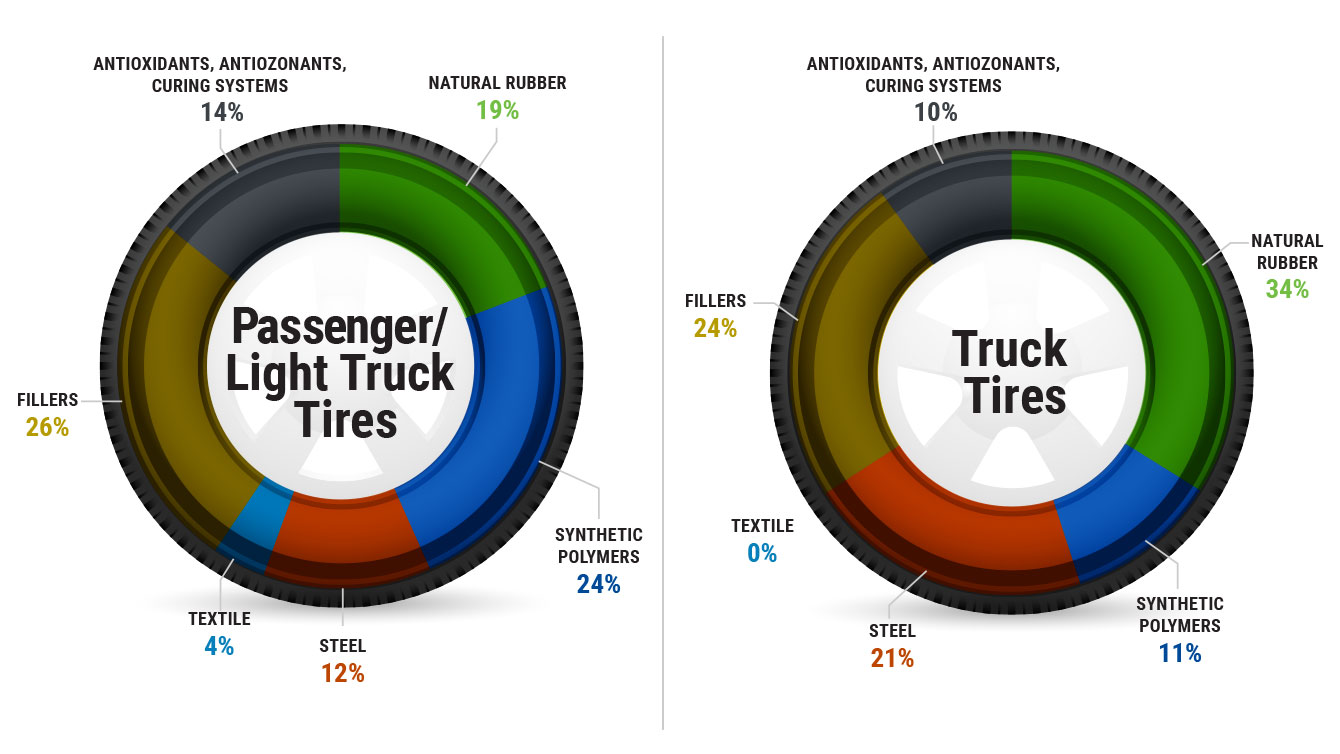

 1
1




Some places need to be wild
 2
2




Gardens in my mind never need water
Castles in the air never have a wet basement
Well made buildings are fractal -- equally intelligent design at every level of detail.
Bright sparks remind others that they too can dance
What I am looking for is looking for me too!

 1
1




Pearl Sutton wrote:Are tires actually still made of rubber? They don't feel or act like the old ones...
I'll be watching this, I have a thing in my head that would work REALLY well with the old tractor tire I have, but I'm cautious of the toxins.
 1
1




A human being should be able to change a diaper, plan an invasion, butcher a hog, conn a ship, design a building, write a sonnet, balance accounts, build a wall, set a bone, comfort the dying, take orders, give orders, cooperate, act alone, solve equations, analyze a new problem, pitch manure, program a computer, cook a tasty meal, fight efficiently, die gallantly. Specialization is for insects.
-Robert A. Heinlein
 8
8




https://www.michelinman.com/howTireMade.html
Over 200 ingredients go into a tire. They play vital roles in safety, fuel efficiency, performance and eco-friendliness.
These components fall into five groups:
Natural rubber: the main component of the tread layers
Synthetic rubber: part of the treads of car, van and 4x4 tires
Carbon black and silica: used as a reinforcing agent to improve durability
Metallic and textile reinforcement cables: the "skeleton" of the tire, forming the geometric shape and providing rigidity.
Numerous chemical agents: for unique properties like low rolling resistance or ultra-high grip

Gardens in my mind never need water
Castles in the air never have a wet basement
Well made buildings are fractal -- equally intelligent design at every level of detail.
Bright sparks remind others that they too can dance
What I am looking for is looking for me too!

 2
2




If there is one thing the Wizard of Oz has taught me, it is not to trust school teachers on bicycles.










 4
4




Some places need to be wild




Yeah - the devil's in the details!I am just hypothesizing, but it seems to me that "composting" tires would be a great way to get rid of them.
Visit Redhawk's soil series: https://permies.com/wiki/redhawk-soil
How permies.com works: https://permies.com/wiki/34193/permies-works-links-threads

|
You're not going crazy. You're going sane in a crazy world. Find comfort in this tiny ad:
The new gardening playing cards kickstarter is now live!
https://www.kickstarter.com/projects/paulwheaton/garden-cards
|




